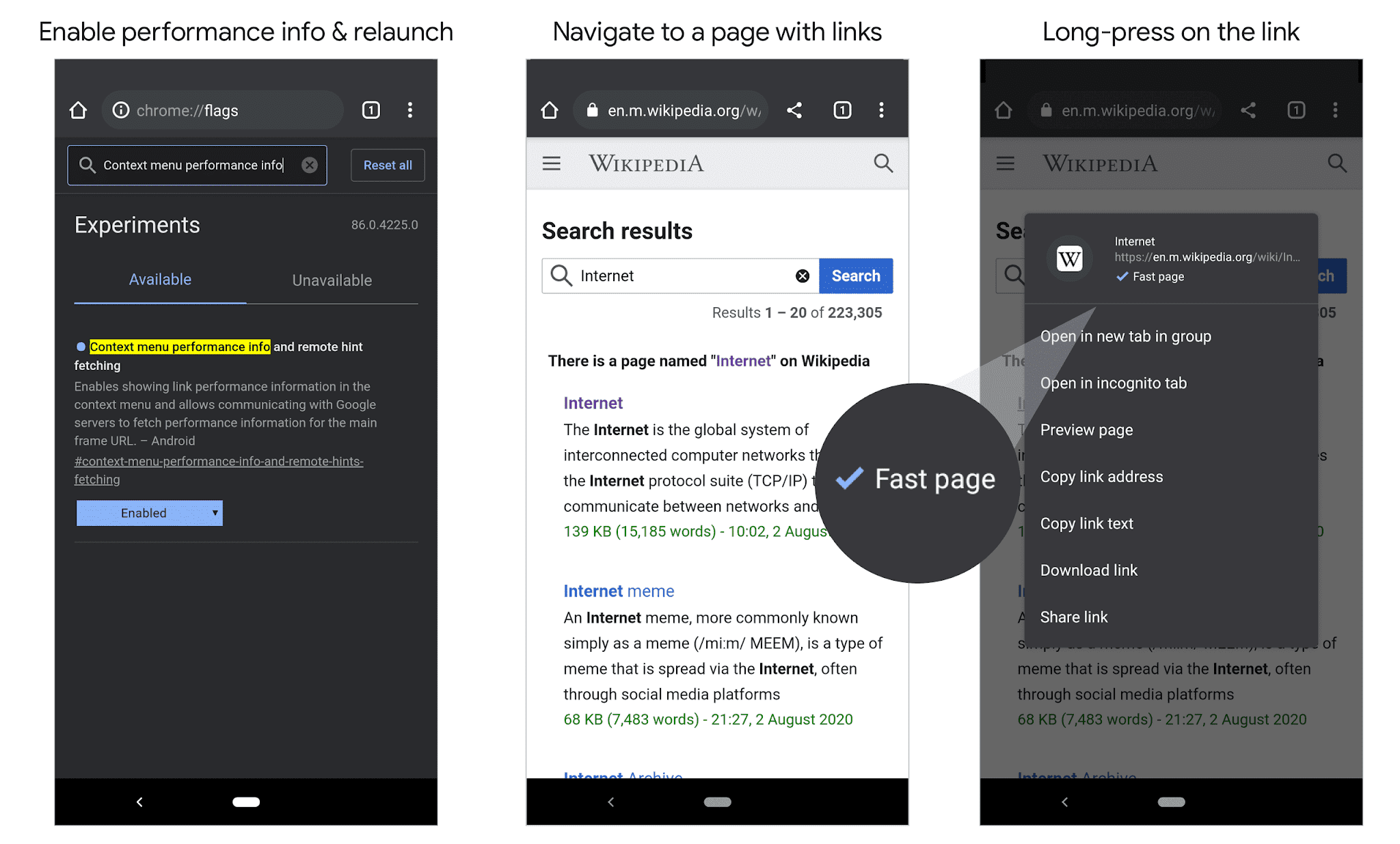
- HOW TO CHECK PERFORMANCE IN UI BROWSER BEST PRACTISE HOW TO
- HOW TO CHECK PERFORMANCE IN UI BROWSER BEST PRACTISE VERIFICATION
- HOW TO CHECK PERFORMANCE IN UI BROWSER BEST PRACTISE PASSWORD
HOW TO CHECK PERFORMANCE IN UI BROWSER BEST PRACTISE PASSWORD
This makes your site accessible to screenreaders and other assistive devices, enables a range of built-in browser features, makes it simpler to build basic functional sign-in for older browsers, and can still work even if JavaScript fails.Ī common mistake is to wrap a whole web page in a single form, but this is liable to cause problems for browser password managers and autofill.


It's generally better to use a plain old element. You might be tempted to wrap inputs in a and handle input data submission purely with JavaScript. These enable built-in browser functionality, improve accessibility, and add meaning to your markup.
HOW TO CHECK PERFORMANCE IN UI BROWSER BEST PRACTISE VERIFICATION
This can allow users to select a phone number as an identifier (no need to enter an email address!) and also enables two-step verification for sign-in and one-time codes for payment confirmation. WebOTP: to deliver one-time passcodes or PIN numbers via SMS to mobile phones.There are also two relatively new APIs not covered in this article which can help you build a better sign-in experience: If you have users in different parts of the world, you need to consider localizing your site's use of third-party identity services as well as its content. 12 best practices for user account, authorization and password management outlines core principles for running your own backend.
HOW TO CHECK PERFORMANCE IN UI BROWSER BEST PRACTISE HOW TO
It does not explain how to build backend services to authenticate users, store their credentials, or manage their accounts. This article is about frontend best practices. Test across browsers and devices: form behaviour varies significantly across platforms.Test in the field as well as the lab: build page analytics, interaction analytics, and user-centric performance measurement into your sign-up and sign-in flow.Maintain branding and style on your sign-up and sign-in pages.Ensure forms are usable on mobile: use legible text, and make sure inputs and buttons are large enough to work as touch targets.Design forms so the mobile keyboard doesn't obscure inputs or buttons.Use aria-label and aria-describedby for password inputs.Use autocomplete="current-password" and id="current-password" for a sign-in password input.Use autocomplete="new-password" and id="new-password" for the password input in a sign-up form, and for the new password in a reset-password form.Give input name and id attributes stable values that don't change between page loads or website deployments.



 0 kommentar(er)
0 kommentar(er)
